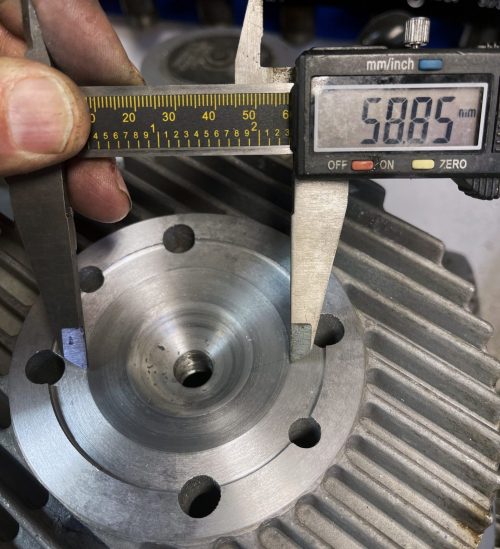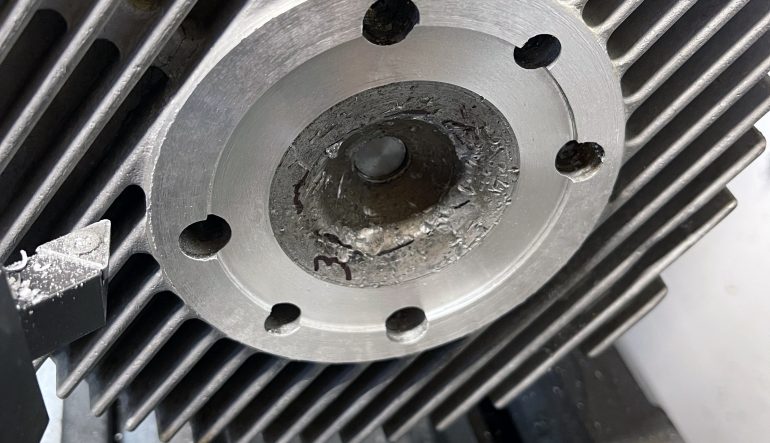How to Fix Destroyed Vintage Cylinder Heads
By Len Emanuelson
One of the real issues with running vintage kart motors is
that the parts are hard to find and are getting very expensive. There are a few
engines like TKM and a few IAME based engines that you can still buy new
replacement parts, but a typical cylinder head can be $250 or more. So it pays
to try to salvage what you have if you can. In most cases all that’s required
is a manual lathe and a $60 arbor from LAD.
I’m no machinist, but I have a lathe, and at the rate I blow
stuff up, I fix my own engines. In this case a friend brought me a TKM 150cc
cylinder head that had been pretty well beaten up by a piston failure. As you
can see in the “before” photo, we mapped out our strategy by numbering the
sequence of the surfaces to be machined. The objective is to end up with the
squish band the same relative distance from the sealing surface as it was
before machining. Another objective is to remove the least amount of material
possible, because it is the head’s total mass that acts as a heat sink, and
keeps your air-cooled motor cooling as efficiently as possible.
Follow along as we bring this cylinder head back
to life in less than one hour of time in the shop.
Step 1
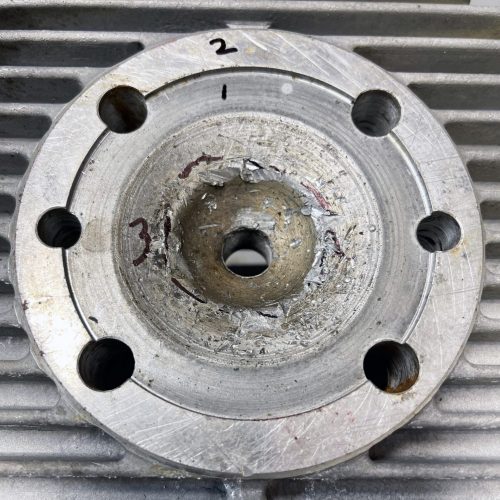
Step 2
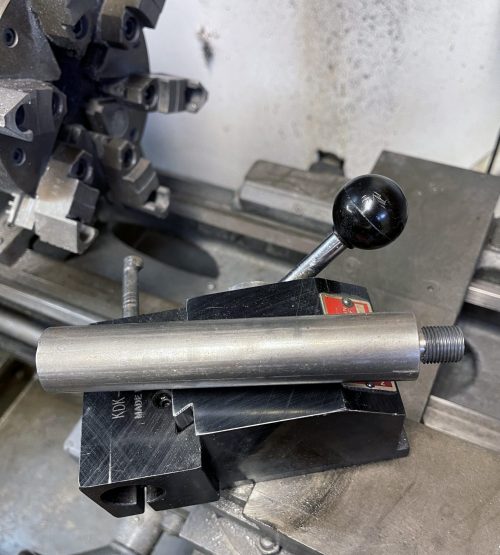
Step 3 & 4
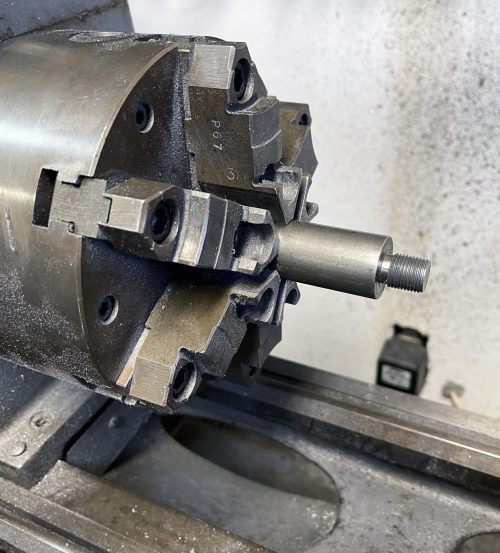
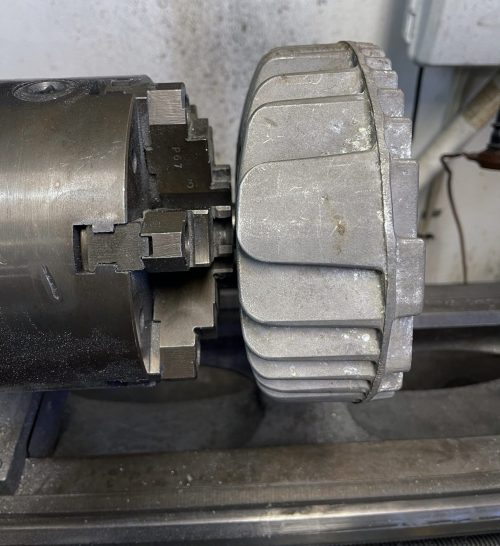
Step 5
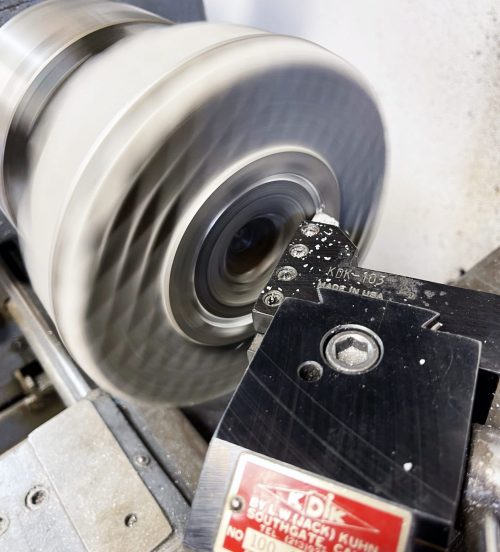
Step 6
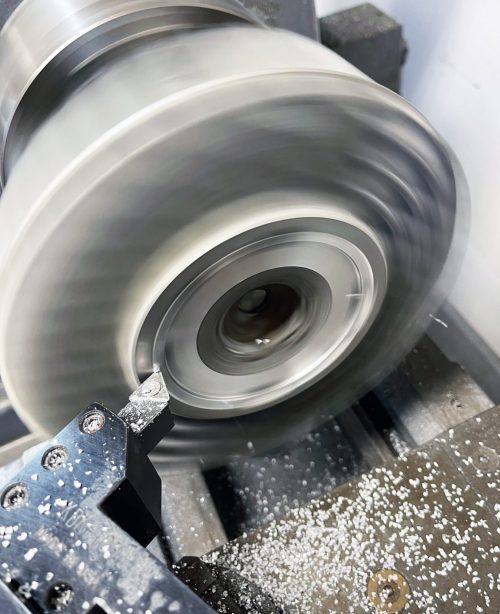
Step 7
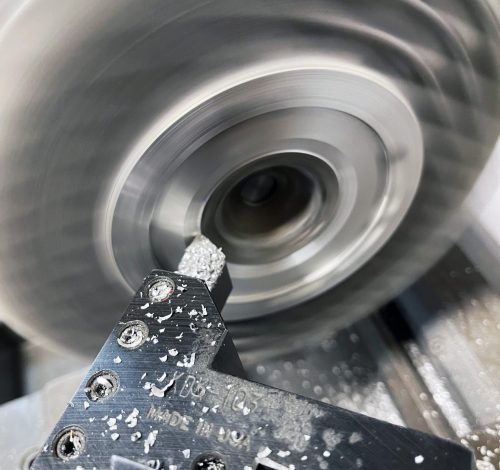
Step 8 & 9
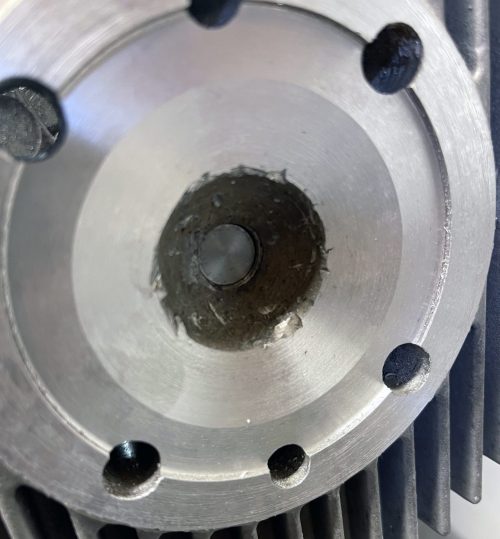
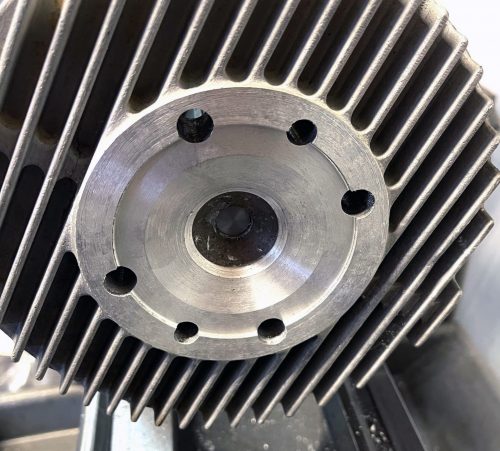
Step 10
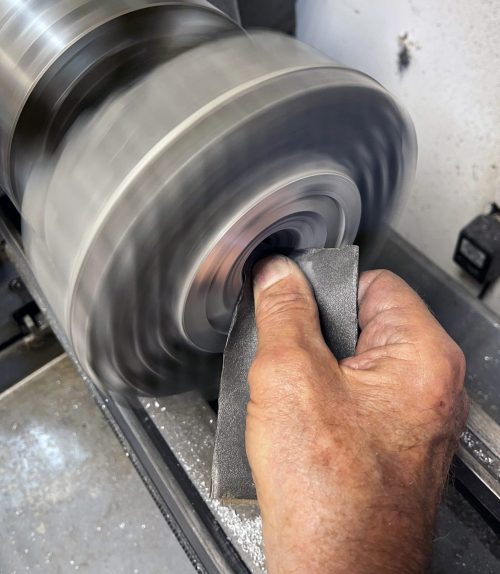
Step 11
